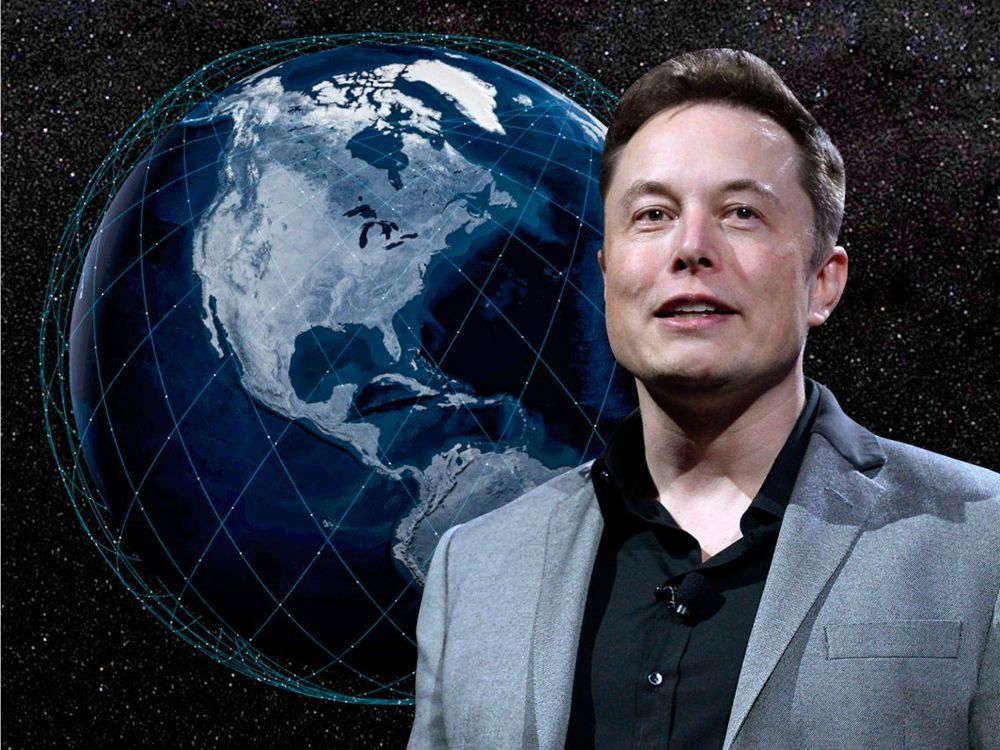Sep 18, 2019
Wi-Fi Alliance’s certification program sees Wi-Fi 6 as game-changer for advanced connections
Posted by Saúl Morales Rodriguéz in category: internet
Wi-Fi 6 certification is here. On Monday, an announcement from the Wi-Fi Alliance datelined Austin, Texas said the Wi-Fi CERTIFIED 6 certification program from Wi-Fi Alliance was now available.
Edgar Figueroa, president and CEO, Wi-Fi Alliance, said, “Wi-Fi CERTIFIED 6 will deliver improvements in connectivity, including in high density locations and IoT environments.”
(Standards for Wi-Fi are established by the Institute of Electrical and Electronic Engineers, and devices are certified for these new standards by the Wi-Fi Alliance, said Lauren Goode in Wired.)






 When practical quantum computing finally arrives, it will have the power to crack the standard digital codes that safeguard online privacy and security for governments, corporations, and virtually everyone who uses the Internet. That’s why a U.S. government agency has challenged researchers to develop a new generation of quantum-resistant cryptographic algorithms.
When practical quantum computing finally arrives, it will have the power to crack the standard digital codes that safeguard online privacy and security for governments, corporations, and virtually everyone who uses the Internet. That’s why a U.S. government agency has challenged researchers to develop a new generation of quantum-resistant cryptographic algorithms.










